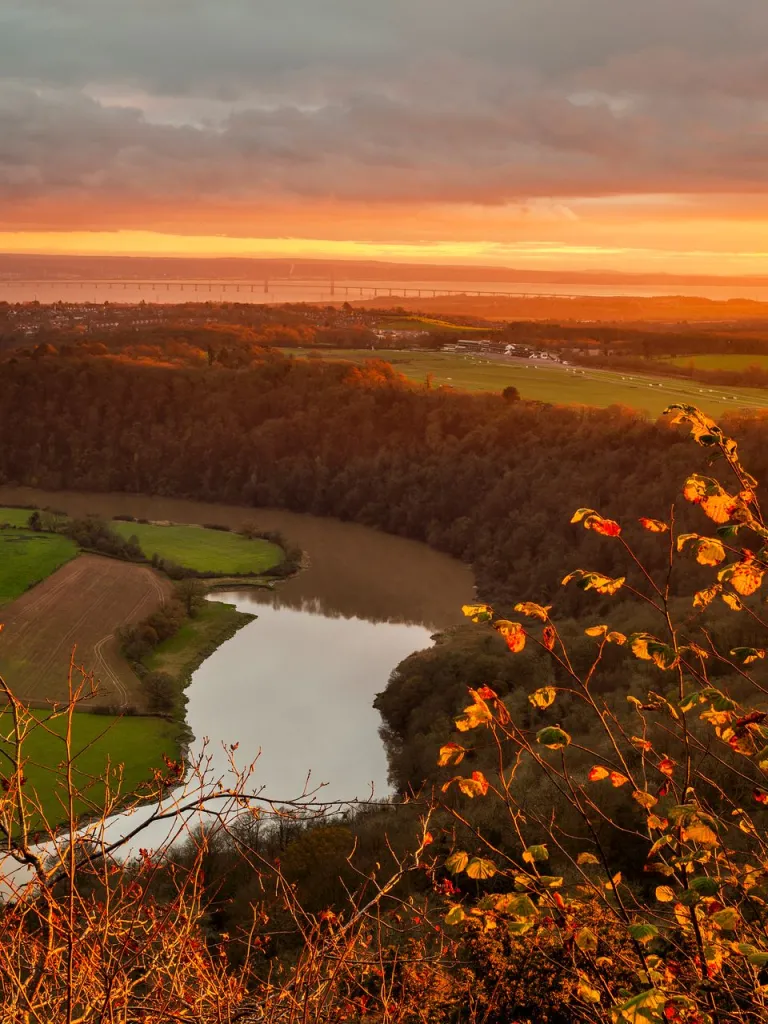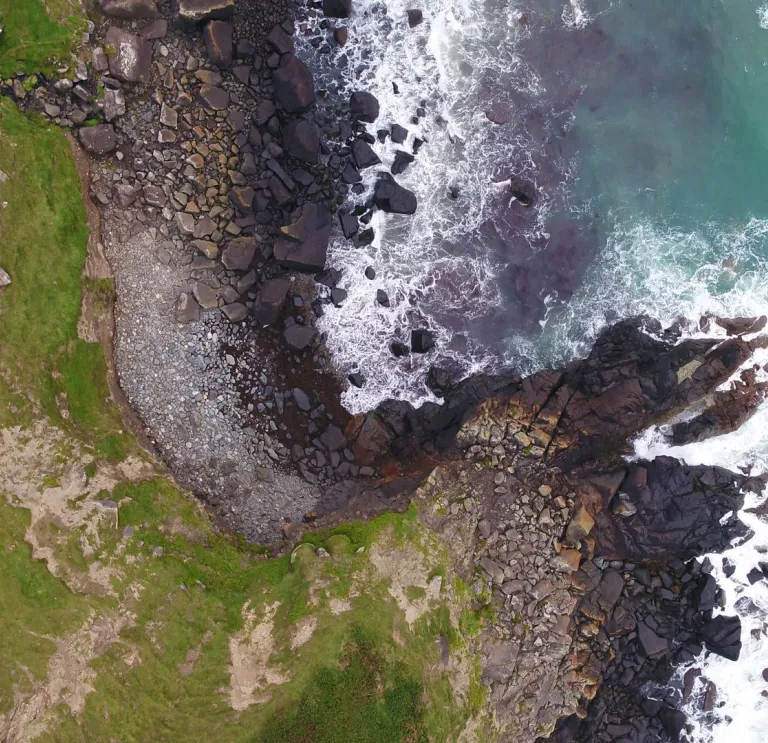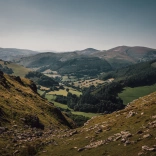The Anglesey coast, the Gower Peninsula, the Llŷn Peninsula, the Clwydian Range and Dee Valley, and the Wye Valley are among the most exceptional places in Wales.
Between them, they contain some of the United Kingdom’s finest countryside: hills, valleys, coastlines and islands of distinctive beauty, character and ecological value. The very best of these areas are officially designated as Areas of Outstanding Natural Beauty (AONBs). And we’re proud of every one.
National Landscapes? They sound lovely, but what exactly are they?
National Landscapes are similar to National Parks in that they’re living, working areas whose landscapes, culture, flora and fauna are considered an asset to the nation. They have therefore been singled out for protection by law, known as Designation.
As part of an individual exercise the AONBs have rebranded across the England, Wales and Northern Ireland to be known as National Landscapes, the decision to do this is made at a local level, not Government, and not all AONBs decided to rebrand.
In Wales just four percent of the land is designated as an AONB, whereas around 20 percent lies within a National Park. While each National Park has a dedicated National Park Authority whose task it is to conserve it and promote opportunities for the public to appreciate and enjoy it, National Landscapes are small enough to be effectively managed by advisory committees set up by local authorities in partnership with the communities they serve.


How many National Landscapes are there?
There are 46 National Landscapes in the UK. Wales has five. Four of these (Anglesey National Landscape, Clwydian Range & Dee Valley National Landscape, Gower National Landscape and Llŷn AONB) are wholly in Wales and one (Wye Valley National Landscape) straddles the border between Wales and England.
How does a place become an AONB?
In Wales, Natural Resources Wales designates AONBs and advises on how best to protect them and enhance them. Every AONB has unique characteristics. They’re chosen for their cultural, historical and ecological significance as well as their stunning good looks.
Why are National Landscapes important?
The British countryside is in a constant state of change, shaped by the complex relationship between human activity and the processes of nature. Tourism, agriculture, industry and our demands for transport, housing and energy can all have a lasting impact on the appearance and ecology of rural areas.
National Landscapes remind us that some landscapes are more precious and fragile than others. It’s important to ensure that change is carefully managed so that our most special countryside is conserved for the enjoyment of future generations. It’s also important that all those who visit, live and work in these remarkable places respect each other’s interests.
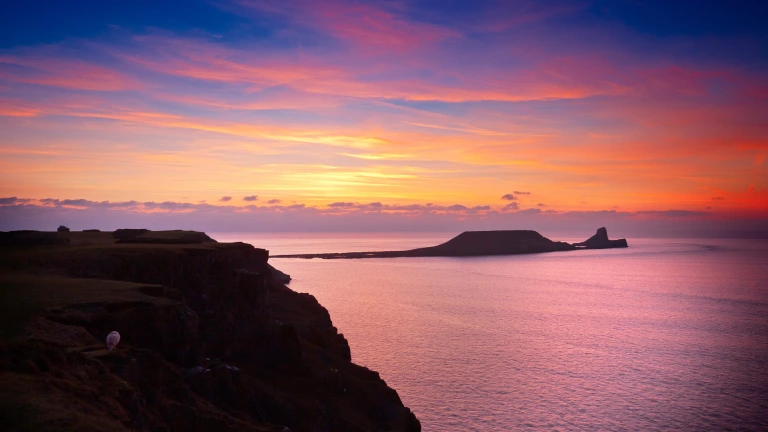
Are they good places to visit?
Absolutely! If you enjoy sightseeing, walking, cycling, wildlife-watching and watersports, you’ll love the rolling hills, clean beaches and clear rivers of the Welsh AONBs. Each area offers maps and information to show you how to make the most of everything.
Please respect our lovely landscapes and help us take care of them. Follow the Countryside Code. Well-behaved dogs are usually welcome, and make sure you take your litter home with you.
And if you can, consider exploring on foot, by bike or by public transport instead of driving.
Anglesey National Landscape
Most of Anglesey’s coast, from South Stack in the west to Puffin Island in the east, is recognised as a National Landscape. The Anglesey Coast Path is a great way to explore, passing wild beaches, flower-dotted heathland and mud flats busy with birds. Bronze Age burial chambers offer a glimpse of the ancient past, whilst the elegant Plas Newydd House & Gardens graces the south eastern shores.
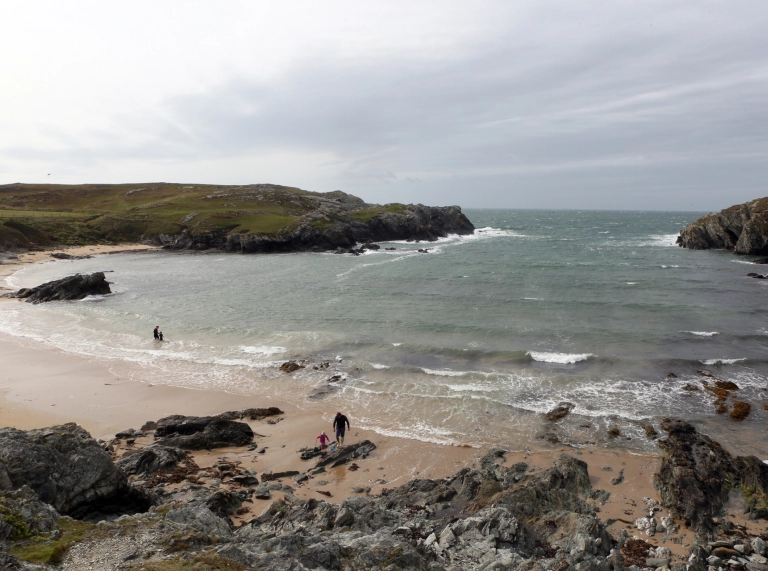
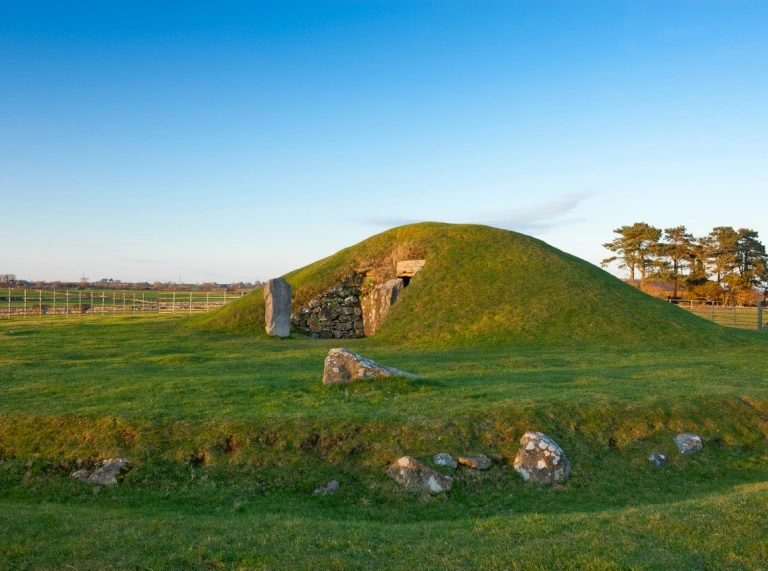
Clwydian Range and Dee Valley National Landscape
The Clwydian Range and Dee Valley is the newest of the Welsh National Landscapes and it’s within easy reach of Liverpool and Manchester. At its heart is the Clwydian Range, a 21-mile chain of hills stretching from Prestatyn to Llangollen on the lively River Dee. There are wonderful views of undulating countryside from the Offa’s Dyke Path National Trail, which runs right through the region.
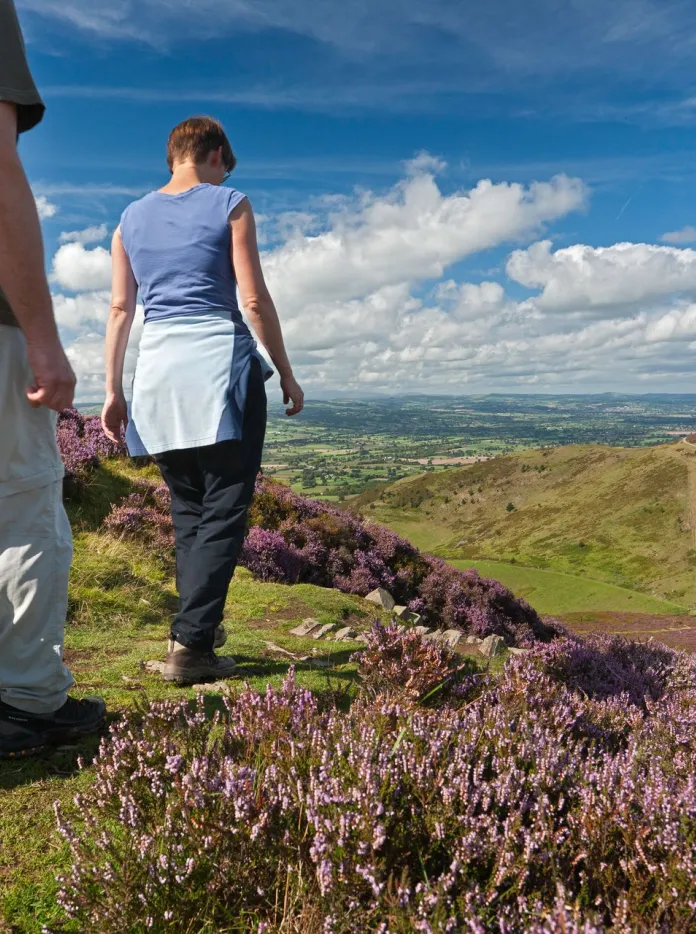
Llŷn Peninsula National Landscape
One of Wales’ little-known gems, the Llŷn Peninsula is a natural extension of Eryri (Snowdonia). Around a quarter of the peninsula is a National Landscape which includes superb, unspoilt coastal scenery, long-extinct volcanic peaks and Iron Age forts. An 84 mile section of the Wales Coast Path runs right around Llŷn, passing coves, cliffs and unforgettable beaches.
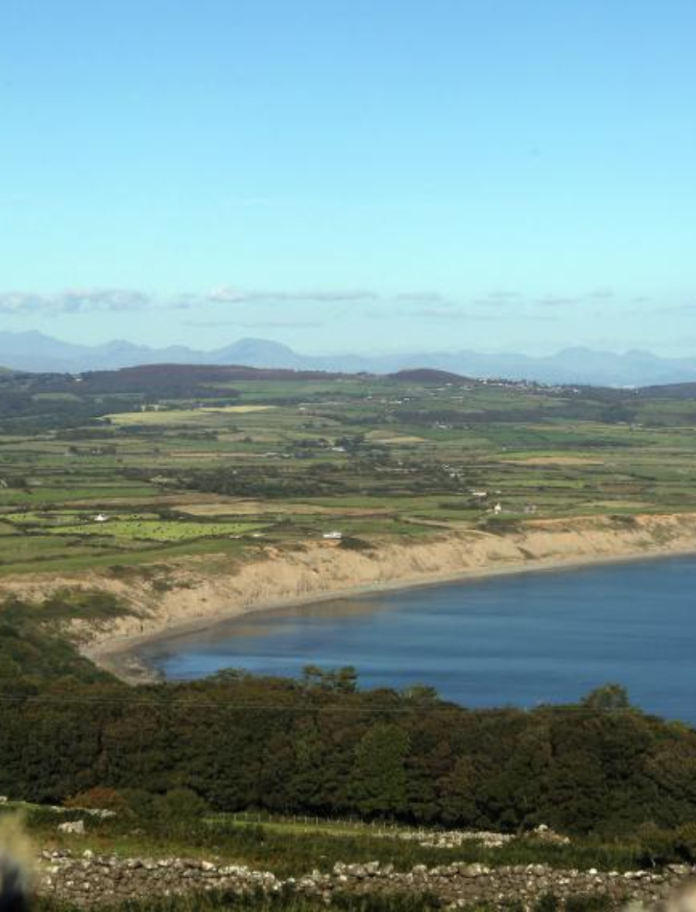
Gower National Landscape
Famous for its beaches, surf and walking trails, Gower also contains exceptional ecological and archaeological sites. Within a few miles of each other are three Nature Reserves, several Sites of Special Scientific Interest and the earliest known human burial site in Western Europe, Paviland Cave, where 34,000 year old remains were found.
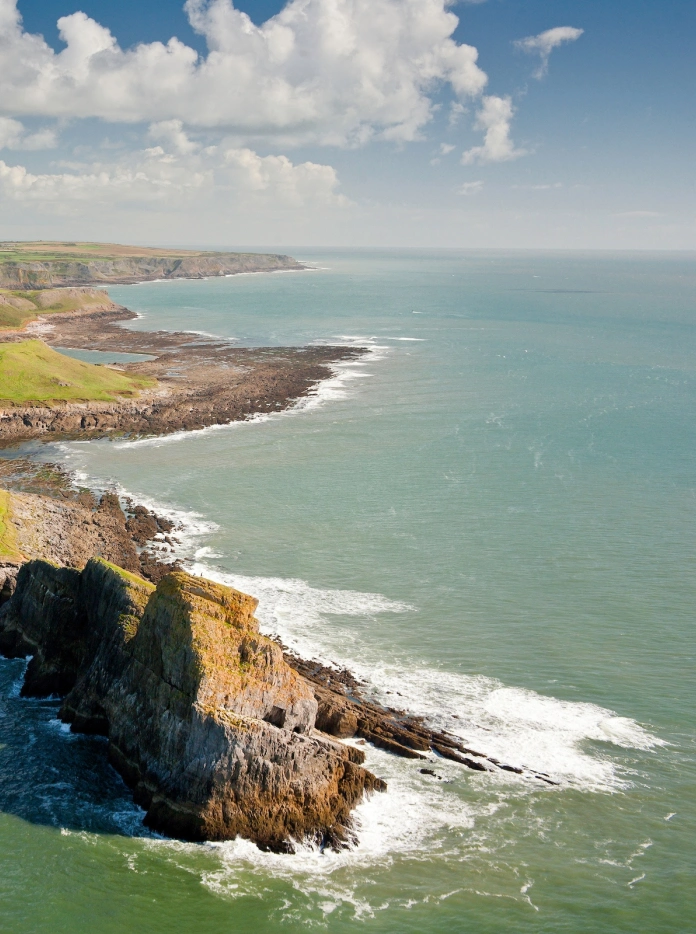
Wye Valley National Landscape
The entire length of the River Wye is a Site of Scientific Interest and the lower section of its valley, from Hereford to Chepstow via Tintern Abbey, is an AONB. Wonderfully lush, this is one of Britain’s finest riverside landscapes: many artists and writers have found inspiration here. It also attracts canoeists, climbers and riders, while the Wye Valley Walk and Offa’s Dyke Path National Trail are hugely popular with walkers.
